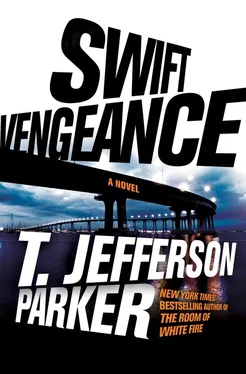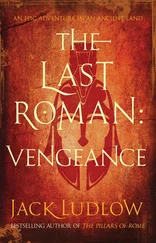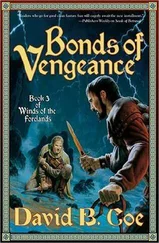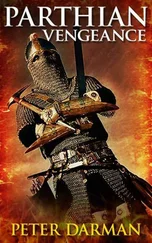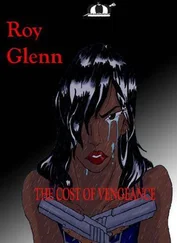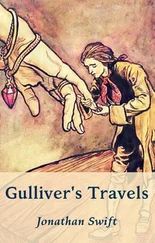Hector stood at the clogged entrance of the “Of Carpets & Magic” salon, looking back toward me and the central rotunda. The Raiders sweatshirt would have been provocative here two years ago, when the Chargers were still in town. He checked his phone quickly again. Then scanned the crowd before he turned and walked in. I gave him a minute, then followed.
Big room, rugs piled high on the floor, and three walls fitted with hangered carpets that glided left and right at a customer’s touch. Docent-salespeople busy answering questions. Lots of interest in these beauties. In the middle of the room teams of young men and women unrolled rugs for viewing, and carried the rejects back to the stacks and racks and the winners to the cashiers down on level two. Faux-Mink Stole looked down at a rug, diamonds swaying, a forefinger to her lips as she considered a purchase. Caught me looking. Hector seemed fascinated by a blue-toned Persian carpet with a background of pistachio green. Sensing my interest in him, he turned and I looked away.
As if he was suddenly bored, Hector walked out of the salon, tapping the rolled-up magazine on his leg again. I watched him go into the rotunda, look up and around at the other salon entrances, then, stepping around the bronze warrior on his Arabian horse, cut diagonally into “The Swords of Araby.” I studied the crowd for a minute or two, then tailed him in.
The “Swords of Araby” salon was more crowded, full of a strange energy the carpet salon had lacked. The centerpiece was a majestic tapestry suspended from the center of the ceiling, depicting a hunter fighting a lion. Both man and lion were much larger than life, especially the lion, which towered on its hind legs over the hunter and everyone else in the room. But the turbaned, high-booted human looked poised and confident, having planted his knife in the animal’s chest. Blood was jumping as the lion snarled, teeth bared. In snippets I read the placard below it, while keeping track of Hector. “Mihr Killing a Lion” had been faithfully re-created from an 1830 silk tapestry woven in Persia. It illustrated one of the adventures of Mihr (the Sun) and his best friend, Mushtari (Jupiter), from a poem about their friendship. You could own this re-created tapestry for twelve thousand dollars, professional delivery and hanging included. I glanced up again at Hector, then away, an eye blink before his gaze hit my face. The holiday music stopped.
A man’s amplified voice filled the room. “Ladies and gentlemen, please give me your attention as I point out the highlights of ‘The Swords of Araby.’”
I saw the speaker, small and sleek, move into the center of the room to stand under the great tapestry. He wore a trim dark gray suit, an open-collared shirt with red and white stripes, a lavender handkerchief, and a small mike attached to his lapel. His hair was short and glistening, his complexion ruddy. He stood on a carved wooden chest that looked plenty strong enough to hold him.
“Thank you, thank you,” he said, his voice forceful and clear and lightly accented. “Hello, my good friends. For those of you who don’t know me, I am Bernard Monfil, owner of this gallery. I welcome all of you and wish you a wonderful experience here tonight. Araby, as you know, is not a place that you can locate exactly on a map, or a word that you will find in a modern English dictionary. Rather, Araby is a word coined by James Joyce — an idea — deriving from the collective and unrivaled histories, cultures, and arts of the mysterious Middle East. Araby is treasure and learning. Araby is romance and—”
Hector listened, nodding. He dropped his magazine and snatched it up again, rolling it tight.
Which gave me just enough time to recognize it — Rumiyah magazine — the “official” publications of Islamic State. The title is Arabic for Rome. Rome — as in the fall of. Rome — as in jihadis must not rest until they are resting in the shade of the olive trees there. Rome — as in the United States. The magazine instructs American “lone wolf” terrorists on such things as how to build concealable micro-bombs, set effective forest fires, and hide weapons in street clothes.
I knew all this because I’d read the current issue online, to see what Caliphornia might be reading. Or even writing. Hector’s issue was the same one I’d read, and I recognized the cover — a bloody knife blade fresh from a kill. The related cover story was titled “Just Terror Tactics,” and it covered “choosing the right weapon and targets.” One line of this bloody how-to article had stuck in my mind. Something like: “People are often squeamish about the idea of plunging a sharp object into another person’s flesh.”
As Monfil continued on about the Swords of Araby, Hector strolled into the knife gallery.
Hector engaged the saleswoman, who had set a number of the decorative janbiyas on a glass countertop. I pressed in closer. The janbiya is the classic Arab knife, with a short, curved blade and a raised medial ridge running its length. The hilt is relatively short, made for one hand. I could see that each knife was safely housed in its own scabbard. An informative stand-up cardboard graphic said that the janbiya is a dagger used in the Middle East and India but is most closely associated with Saudi Arabia and Yemen. Many boys in those countries begin wearing such a knife at age fourteen as “an accessory.” The design and materials used to make the blade, the handle, and the scabbard are a measure of the owner’s status.
Hector’s back was to me, but I could see that he was talking to the saleswoman with some animation. He’d rolled his Rumiyah magazine tight and stuffed it into his wallet pocket. The clerk had a skeptical expression and a guarded smile. Looked at me quickly, then back to her customer. One dark-suited security man watched from behind the counter.
Hector perused the knives before him. Asked a question, got a brief reply. He picked up one scabbarded dagger in his right hand, then another with his left. Raised them up as if he was about to stab something. Then set them back down and crossed his arms.
I sensed female company hard on my left and half a step behind. “Do you think he’s dangerous?” asked Faux-Mink Stole. “Or just insane?”
“Definitely.”
“You look familiar. But then, I collect faces.” Cinnamon hair, loosely up, eyes blue. The faux mink had a fair, elegant neck to ride on.
“My face is common as a clock’s,” I said.
“No, you’re wrong,” she said. “I love that scar. But I really am concerned about this little man. Playing with knives. What if he’s packing?”
“He could be.”
“I have seen you,” she said. “On the news last year. Fallbrook. A helicopter.”
I raised one finger to my lips. Her smile of recognition quickly turned to surprise, then confusion, then embarrassment.
“I am so sorry,” she said, leaning closer, her voice a leafy rustle. “I have terrible manners sometimes. I truly beg your pardon. And please know that the man you watched me walk in with is a client.”
From a black clutch she drew a business card and a short jeweled pen, wrote something on the back of the card, and handed it to me. Then she smiled and backed into the crowd, latching the clutch as she looked at me, blending easily, as if she had another set of blue eyes on the back of her head. I looked down at the card:
WYNN RENNER AGENCY
Talent, Media, and Performance Arts
Underneath that, a Santa Monica address, phone number, and website. On the back, no handwritten phone number after all, just: “Sorry. Do call.” When I looked up again she was gone. Should have asked her if she danced.
Читать дальше
